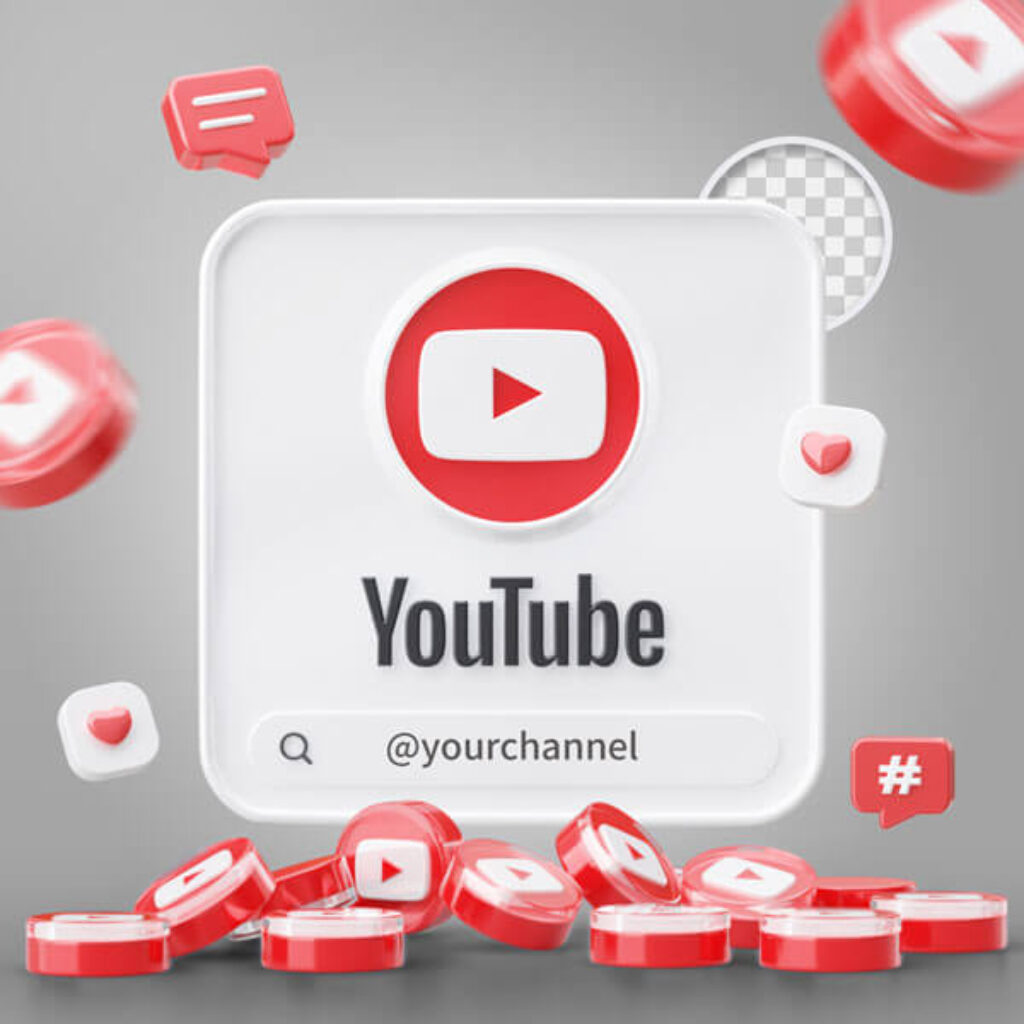Video content has become a dominant force in the world of digital media, transforming the way we consume information, share stories, and engage with our favorite brands. With the rise of various social media platforms, video content has taken center stage, offering creators and marketers an array of options to showcase their creativity and connect with audiences. Two platforms that have garnered significant attention in recent years are YouTube and TikTok, each offering unique advantages and challenges for video creators. In this article, we’ll explore the dynamics of leveraging these different platforms for video content and how creators can make the most of their presence on both.
YouTube: The Long-Form Video Giant

YouTube has long been recognized as the go-to platform for long-form video content. Founded in 2005, it has evolved into a comprehensive video-sharing platform that accommodates a wide range of content, from vlogs to educational videos and even feature-length films. Creators on YouTube have the luxury of creating longer, in-depth videos that delve into complex topics, offer detailed tutorials, and provide comprehensive entertainment experiences.
One of the key advantages of YouTube is its monetization options, primarily through the YouTube Partner Program. Creators can earn revenue through ads, channel memberships, merchandise shelf integration, and Super Chat, making it an attractive platform for those looking to turn their passion into a career. This monetization potential, coupled with YouTube’s vast user base, makes it a lucrative option for many content creators.
YouTube’s search engine capabilities also play a significant role in content discovery. With proper optimization and relevant keywords, videos have the potential to attract a consistent stream of viewers over time. Moreover, the platform supports community building through comments, likes, shares, and discussions, fostering a loyal audience base.
However, YouTube is not without its challenges. The competition is fierce, and standing out in the crowd requires consistent high-quality content, effective SEO, and a long-term commitment. Creators must be prepared to invest time, resources, and effort to gain traction on the platform.
TikTok: The Short-Form Video Revolution
TikTok, on the other hand, is a relative newcomer, having gained massive popularity since its launch in 2016. Unlike YouTube, TikTok thrives on short-form video content, with videos typically lasting between 15 seconds and one minute. It has redefined the way we consume and create content, particularly among younger audiences.
TikTok’s main attraction lies in its simplicity and immediacy. The platform is user-friendly, enabling anyone with a smartphone to create and share content effortlessly. This low barrier to entry has democratized content creation, allowing users to showcase their creativity in bite-sized, engaging videos.

The “For You Page” (FYP) algorithm on TikTok is a game-changer. It uses machine learning to curate content for users, ensuring that even novice creators have the potential to go viral. This feature has catapulted ordinary individuals into internet stardom, providing a platform where creativity and originality are rewarded.
The engagement on TikTok is also distinct. The platform is designed for quick, interactive content. Users can engage with videos by liking, sharing, commenting, and dueting, making it easy to interact with both creators and the audience. TikTok fosters a sense of community and participation that differs from YouTube’s more traditional comment sections.
Additionally, TikTok offers a range of music and sound effects that creators can incorporate into their videos, enhancing the entertainment value. This musical element has contributed to TikTok’s recognition as a platform where viral challenges and trends often originate.
However, TikTok’s monetization options are still evolving. While they introduced the TikTok Creator Fund, which allows creators to earn a portion of advertising revenue, the income potential is not as established as on YouTube. Additionally, TikTok’s user base skews younger, so it may not be the ideal platform for content targeting older demographics.
Leveraging Both Platforms: A Winning Strategy
The decision to focus solely on YouTube or TikTok depends on your content goals and target audience. However, many creators are discovering the benefits of leveraging both platforms to diversify their reach and income streams.
Repurposing Content: One approach is to repurpose your content for each platform. For example, you can create longer, in-depth videos for YouTube, then extract shorter, attention-grabbing clips or teasers for TikTok. This drives traffic to your YouTube channel and introduces your content to a new audience.
Cross-Promotion: Promote your TikTok content on your YouTube channel and vice versa. Mention your presence on both platforms, encouraging your audience to follow you on TikTok for quick updates or behind-the-scenes content while YouTube remains the hub for comprehensive content.
Monetization: While YouTube provides more established monetization opportunities, TikTok’s growing ecosystem should not be overlooked. Diversify your income by exploring TikTok’s Creator Fund, brand partnerships, and affiliate marketing.
Audience Insights: Use both platforms to gain insights into your audience. Analyze which content performs best on each and tailor your future content to their preferences. The data you collect from both platforms can inform your content strategy.
Branding Consistency: Maintain a consistent brand identity across both platforms. Your content should reflect your style, messaging, and values, ensuring that your audience recognizes your brand regardless of the platform they’re on.
In conclusion, YouTube and TikTok offer distinct advantages and cater to different types of content and audiences. While YouTube excels in long-form content and well-established monetization options, TikTok’s simplicity and algorithm-driven visibility can help newer creators gain quick recognition. Leveraging both platforms strategically can help content creators expand their reach, diversify income sources, and tailor their content to different audience segments. Ultimately, the key to success is understanding your target audience and creating content that resonates with them on each platform.





